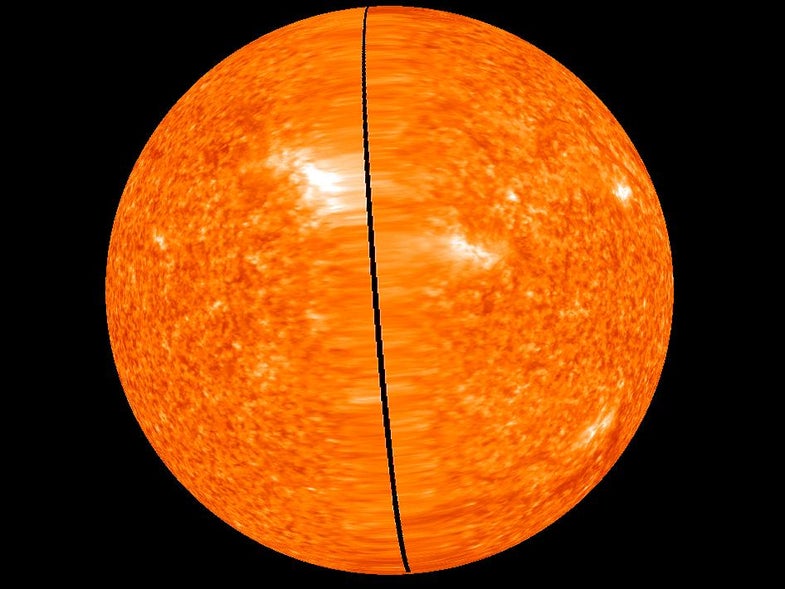NASA Re-establishes Contact With Lost Craft After Two Years
Their STEREO is working again!

After nearly two years, NASA has re-established contact with the other partner of a two-craft mission to study the sun.
Engineers lost contact with one of the two STEREO (Solar and Terrestrial Relations Observatory) craft back in October of 2014. The vessels are on opposite sides of the sun as part of an ongoing mission to learn more about the relationship between the earth and sun.
STEREO-B, which is 189-million miles away and on the other side of the sun, has a lot of tests to run through to see what went wrong, whether it’s still functional, and plenty more. But hearing from it is a great start.
[H/T Digital Trends]